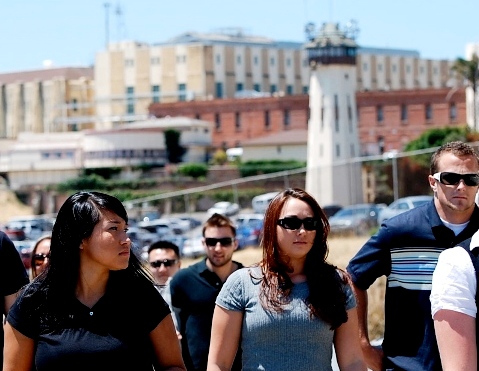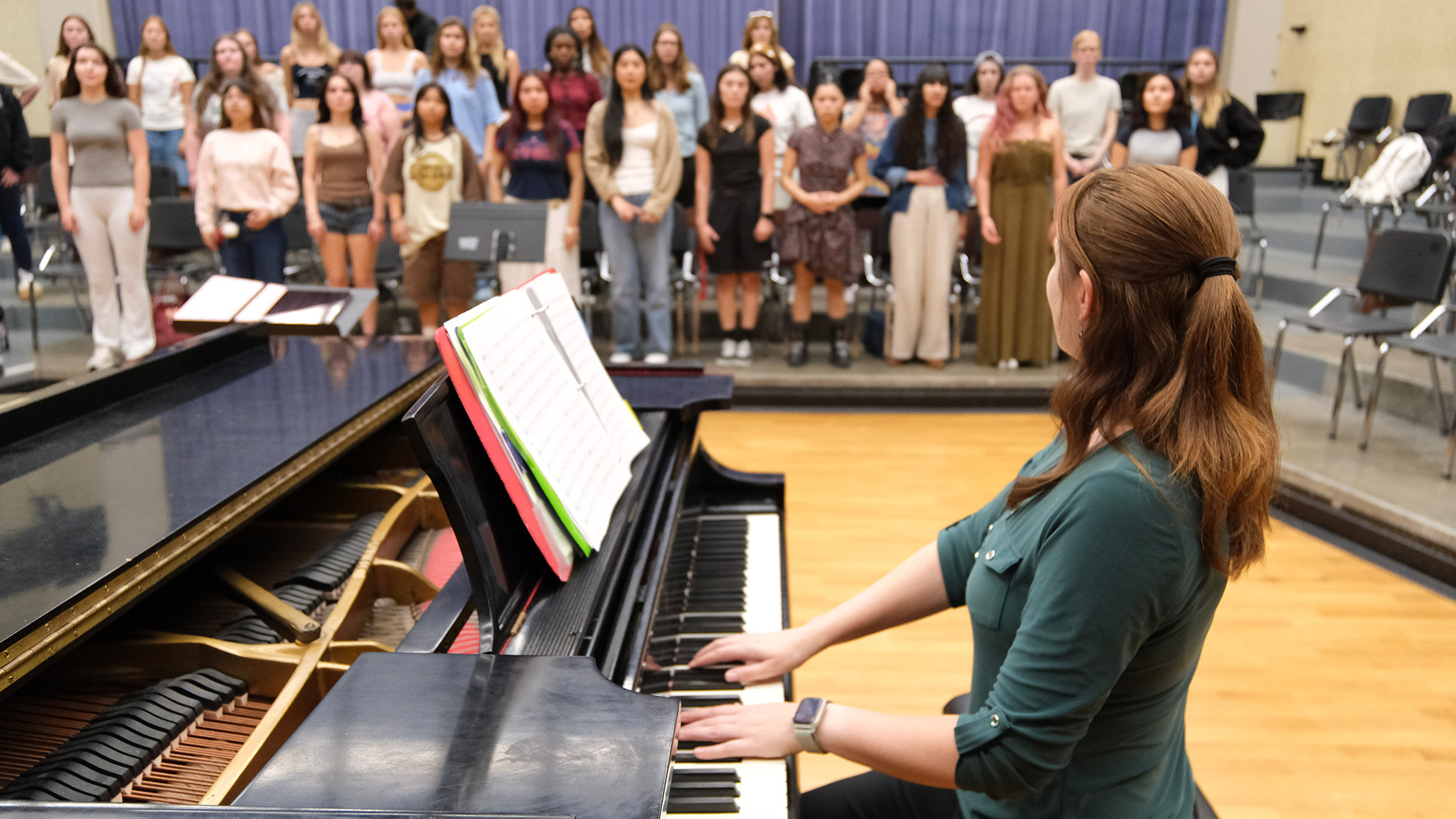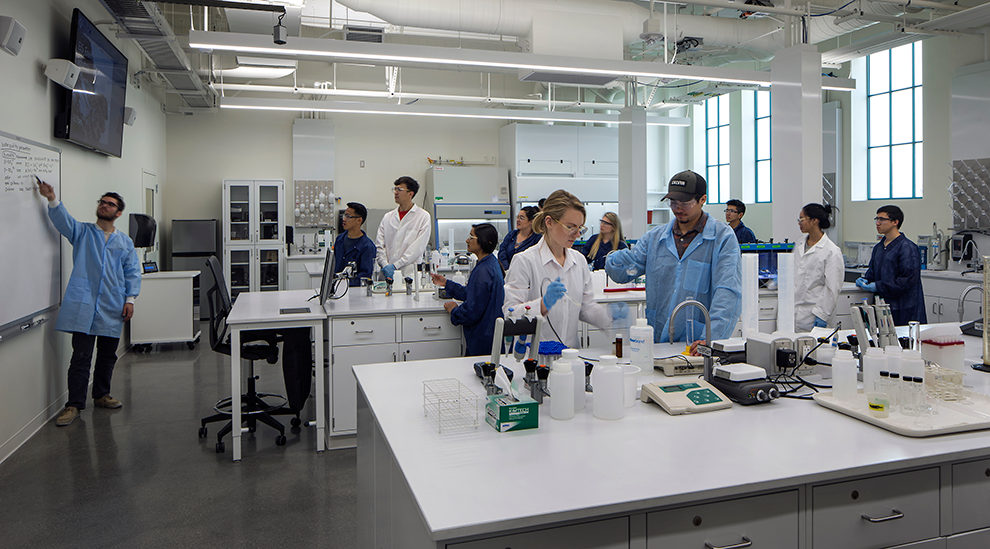Prison Through the Eyes of Tomorrow
A Presidential Leadership Fund grant allowed Paul Sutton to complete a documentary about his students' prison tours.

Over the past 30 years, San Diego State University criminal justice professor Paul Sutton has shown nearly 2,000 students the insides of California prisons.
He escorts criminal justice majors on week-long excursions to eight different prisons to speak with guards, wardens, inmates and others about the California prison system and what it is like to live and work behind bars.
An experience unlike anything else
Because of his unique relationships, Sutton is able to get prison personnel and inmates to show the inner realities of the institutions, enabling students to experience things that people who do not live or work there seldom get to see, hear or feel. Thanks to a Presidential Leadership Fund grant, Sutton has been able to document these visits and share the experience like never before.
Sutton, who has already produced two Emmy-award winning documentaries about prison life, has finished this most recent project. It is told from the perspective of the 24 students as they tour the prison facilities.
“One of the things that has continued to impress me, is the impact that this experience has had on the thinking of the students who went,” Sutton said. “I thought it would be a great thing if somehow the rest of the world could go along so that everybody could see over the shoulders of these kids.”
Exploring California's prisons
The documentary follows the students on visits to:
- California Men’s Colony, where they spend hours talking one-on-one with convicted murderers.
- San Quentin, Folsom and Soledad prisons, where they see death row and some of the oldest prisons in America.
- Salinas Valley and new Folsom, two of the toughest prisons in the world, filled with lifers who will die in prison.
- Central California Women’s Prison, the largest women’s prison in the world.
- Delancey Street, a private facility on San Francisco Bay that has become a model of inmate rehabilitation.
An eight minute trailer is included in this story. The one-hour version of the program is viewable online here. The full, two-and-a-half-hour director’s cut will soon be available on DVD.



